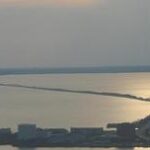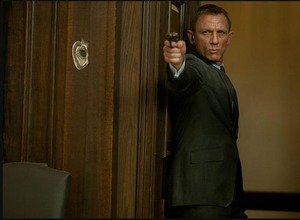Corrosion is the process of disintegration of the atomic component of any iron or steel material.
Rust is the general term we use to describe the result of corrosion. Rust forms when:
- iron and oxygen react with water or moisture and
- iron with the absence of oxygen is exposed to chlorine, salt, or any other harmful chemicals and substances.
Corrosion and rust are the downside effect of using metal to construct homes, buildings, bridges, infrastructure and automobile. Rust has higher mass volume than the original iron or steel. This can cause failure of iron-made structure (e.g. bridge) as the rust build up forces the adjacent parts of the structure to fall apart. This is a phenomenon known as rust smacking.
Rust smacking was the primary cause of the collapse of the following structures in the United States:
- Silver Bridge in West Virginia (1967)
- Mianus River Bridge in Connecticut (1983)
- Kinzua Bridge in Pennsylvania (2003)
Bridges are not the only structures subject to corrosion and rusting. As a matter of fact, everything made from iron, steel and metal are bound to endure rust problems.
Most Americans own cars. These cars are subject to extreme weather condition particularly during winter months. When poorly maintained and remain untreated, this increases the chances of rust formation on and degradation of car body and engine. Most of our homes are equipped with water heaters and furnaces made of metal. Our concrete pathways are held secure with steel bars underneath. These are also affected by rust problems.
Many believe that managing corrosion and rust problems is more like a maintenance job. But the cost of rust problems in the United States alone is staggeringly high. Every year, the US spends approximately $276 billion on corrosion and rust repair. This huge amount of money includes direct and indirect costs on rust repair. The direct costs are divided into two major factors:
- Cost of design, assembly, and construction
- This includes material selection (e.g. stainless steel to replace carbon steel), additional material to prevent rust formation (e.g. sealant, protective surface coating, and rust inhibitor) and cost of labor as well as equipment.
- Cost of management
- The cost of management comprises inspection, maintenance, rust repair and replacement, inventory, rehabilitation as well as loss of productive time.
Some experts believe that viewing rust repairs as part of the maintenance job is a lopsided focus. The annual costs of rust repair are extremely high, which is evident in the findings of a recently conducted research. Thus, rust repair and corrosion control should not be solely categorized as such.
To solve the tremendously expensive problem on corrosion and rust, these experts put emphasis on a shift of focus. Instead of looking for ways to repair and remove rust, we should think more of how we can prevent rust from developing. That is because preventive measures are relatively cheaper than treating rust problems.
Rust repairs and corrosion control will remain expensive. But with this shift of mindset together with proper planning and application of rust control technology, we can surely reduce our spending on rust repairs.


